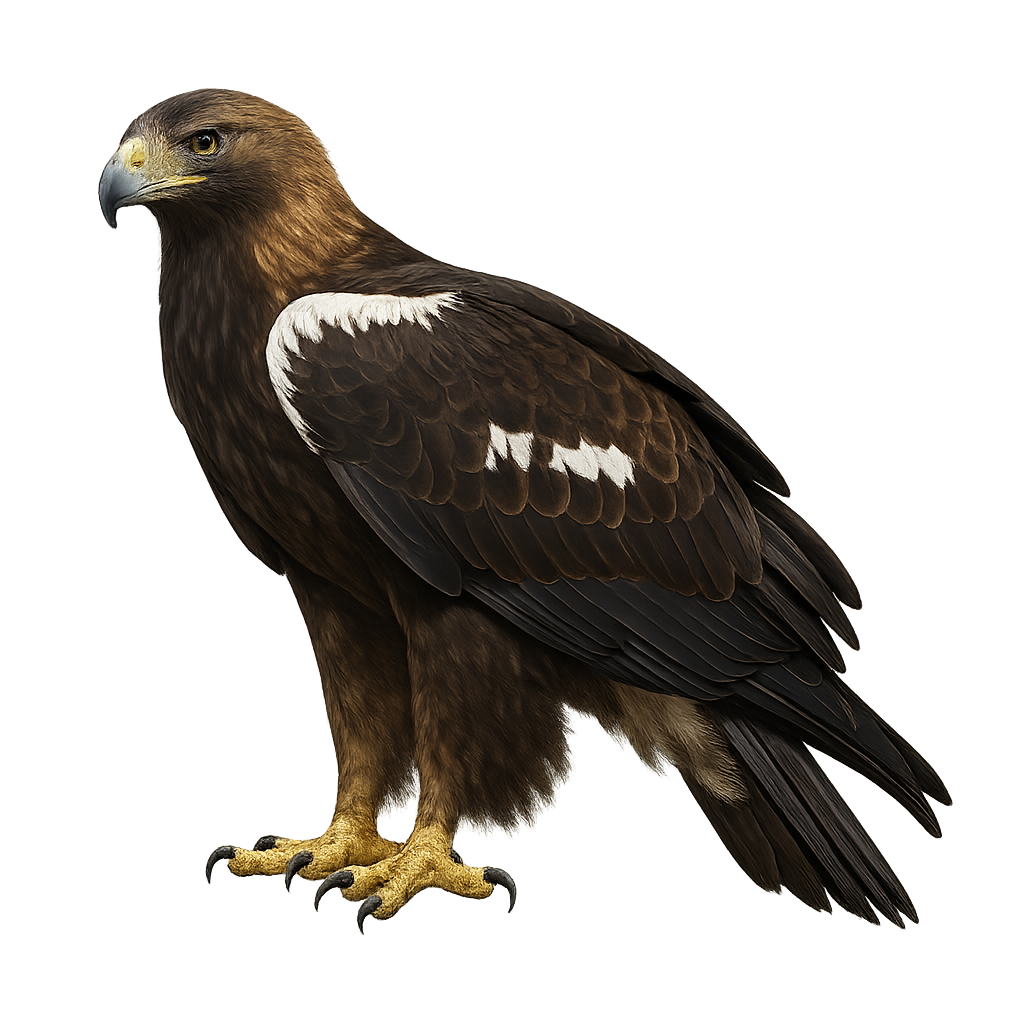Your wildlife photography guide.
Explore the spanish imperial eagle in detail, study its behavior, prepare your shots.
Where to observe and photograph the spanish imperial eagle in the wild
Learn where and when to spot the spanish imperial eagle in the wild, how to identify the species based on distinctive features, and what natural environments it inhabits. The WildlifePhotographer app offers tailored photography tips that reflect the spanish imperial eagle’s behavior, helping you capture better wildlife images. Explore the full species profile for key information including description, habitat, active periods, and approach techniques.
Spanish Imperial Eagle
Scientific name: Aquila adalberti

IUCN Status: Vulnerable
Family: ACCIPITRIDAE
Group: Birds
Sensitivity to human approach: Shy
Minimum approach distance: 50 m
Courtship display: February to April
Incubation: 42-44 jours
Hatchings: March to May
Habitat:
oak forests, scrublands, bushy areas
Activity period :
Primarily active during the day, with peak activity in the morning and late afternoon.
Identification and description:
The Spanish Imperial Eagle, or Aquila adalberti, is a majestic raptor endemic to the Iberian Peninsula. Recognizable by its dark brown plumage and white shoulders, it boasts an impressive wingspan of up to 2.2 meters. This predator primarily feeds on rabbits but can also capture other small mammals and birds. It inhabits oak forests and scrublands, preferring regions with minimal human disturbance. Unfortunately, this species is threatened by habitat loss, poisoning, and collisions with power lines. Conservation efforts are underway to protect this iconic bird and its natural habitat.
Recommended lens:
400 mm – adjust based on distance, desired framing (portrait or habitat), and approach conditions.
Photography tips:
To photograph the Spanish Imperial Eagle, it's essential to use a telephoto lens of at least 400mm to capture detailed images from a distance. Opt for early morning or late afternoon hours to benefit from soft lighting and avoid harsh shadows. Be patient and discreet, as this bird is shy. Using a tripod can help stabilize your camera for sharp shots. Finally, always respect the safety distance to avoid disturbing the bird in its natural habitat.
From knowledge to field practice
A species profile helps you understand an animal. In the field, the challenge is often different. Remembering your own observations.
The WildlifePhotographer app allows you to:
• record your personal observations
• note locations, dates, and behaviors
• revisit your field references over time
• build a private and long-term field logbook
The app does not provide observation locations.
It helps you organize what you actually observe, with respect for wildlife.

